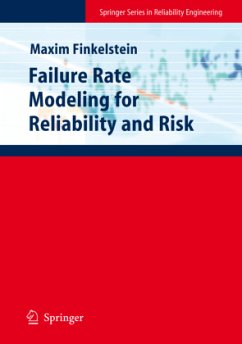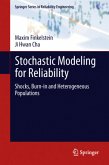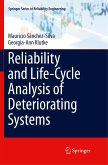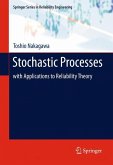"Failure Rate Modeling for Reliability and Risk" focuses on reliability theory, and to the failure rate (hazard rate, force of mortality) modeling and its generalizations to systems operating in a random environment and to repairable systems. The failure rate is one of the crucial probabilistic characteristics for a number of disciplines; including reliability, survival analysis, risk analysis and demography. The book presents a systematic study of the failure rate and related indices, and covers a number of important applications where the failure rate plays the major role. Applications in engineering systems are studied, together with some actuarial, biological and demographic examples. The book provides a survey of this broad and interdisciplinary subject which will be invaluable to researchers and advanced students in reliability engineering and applied statistics, as well as to demographers, econometricians, actuaries and many other mathematically oriented researchers.








